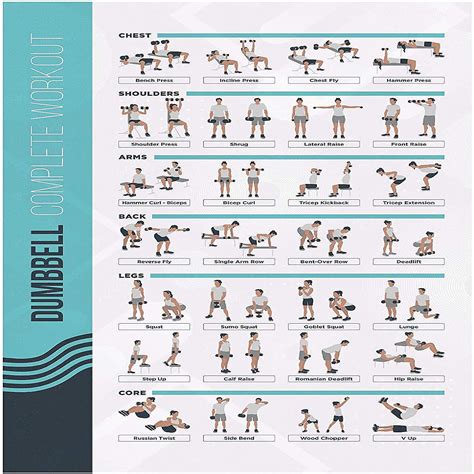Optimize recovery protocols for peak strength and injury prevention?

In the pursuit of peak physical strength and athletic longevity, the emphasis often falls heavily on rigorous training regimes. However, true progress isn’t made in the gym; it’s forged during the crucial hours and days that follow. Optimized recovery protocols are not merely an afterthought but a fundamental pillar supporting adaptation, growth, and resilience against injury. Neglecting recovery is akin to constantly drawing from a well without replenishing it – eventually, it runs dry, leading to stagnation, burnout, and an increased risk of injury.
The Science of Recovery: Why It Matters
When you train, you create micro-traumas in your muscles and deplete energy stores. Recovery is the biological process where your body repairs these tissues, replenishes glycogen, strengthens neural pathways, and adapts to the stress. This supercompensation is what makes you stronger, faster, and more resilient. Without adequate recovery, the body remains in a catabolic (breakdown) state, hindering progress and inviting overtraining symptoms.

Pillars of Effective Recovery
1. Sleep: The Ultimate Regenerator
Undoubtedly the most critical component of recovery, sleep is when your body performs its most vital restorative functions. During deep sleep (NREM stages 3 and 4), growth hormone is released, facilitating muscle repair and tissue regeneration. REM sleep, on the other hand, is crucial for cognitive restoration and learning. Aim for 7-9 hours of quality sleep per night, ensuring a consistent sleep schedule and optimizing your sleep environment.
2. Nutrition: Fueling Repair and Growth
What you eat directly impacts your body’s ability to recover. Post-workout nutrition should focus on a balance of macronutrients to:
- Replenish Glycogen: Carbohydrates are essential to refuel depleted muscle and liver glycogen stores.
- Repair Muscle Tissue: Protein provides the amino acids necessary for muscle protein synthesis (MPS) and repair. Aim for 20-40g of high-quality protein post-workout.
- Reduce Inflammation: Healthy fats, particularly Omega-3s, and a variety of fruits and vegetables provide antioxidants and anti-inflammatory compounds.
Hydration is equally vital. Water regulates body temperature, lubricates joints, and transports nutrients. Dehydration can severely impair performance and recovery.

Active vs. Passive Recovery Techniques
Active Recovery
Rather than complete rest, active recovery involves low-intensity exercise that increases blood flow to muscles without adding significant stress. This helps remove metabolic waste products (like lactic acid) and delivers fresh oxygen and nutrients. Examples include light cycling, walking, swimming, or dynamic stretching.
Passive Recovery
These techniques directly aid tissue repair and relaxation:
- Foam Rolling & Self-Myofascial Release: Helps break up muscle adhesions, improve flexibility, and reduce soreness.
- Massage: Professional massage can reduce muscle tension, improve circulation, and promote relaxation.
- Contrast Therapy (Hot/Cold Showers, Ice Baths): While research on its efficacy is mixed, some athletes find alternating hot and cold exposure beneficial for reducing soreness and inflammation.
- Stretching: Static stretching, particularly after a workout, can improve flexibility and range of motion.

Monitoring and Individualizing Your Recovery
Recovery is not a one-size-fits-all approach. What works for one person might not work for another. It’s crucial to listen to your body and adapt your protocols. Tools like heart rate variability (HRV) trackers, sleep monitors, and subjective well-being questionnaires can provide valuable insights into your recovery status. Look for signs of under-recovery, such as persistent fatigue, decreased performance, elevated resting heart rate, irritability, or increased susceptibility to illness.

Integrating Recovery into Your Training Regimen
Optimal recovery isn’t something you do occasionally; it’s an integral part of your training plan. Schedule rest days, incorporate active recovery sessions, and prioritize consistent sleep and nutrition. Consider periodizing your recovery, much like you periodize your training, allowing for more intensive recovery strategies during peak training blocks or after competitions.

Conclusion
To truly unlock peak strength and safeguard against injury, a holistic approach to recovery is paramount. By consciously prioritizing and implementing strategies around sleep, nutrition, hydration, and various active and passive recovery techniques, athletes and fitness enthusiasts can significantly enhance their ability to adapt to training stress, achieve consistent progress, and enjoy a longer, healthier, and more successful athletic journey. Remember, the effort you put into your recovery directly impacts the gains you make in your training.







